Meet the Mean Ones
Introducing the toughest weeds you don’t want
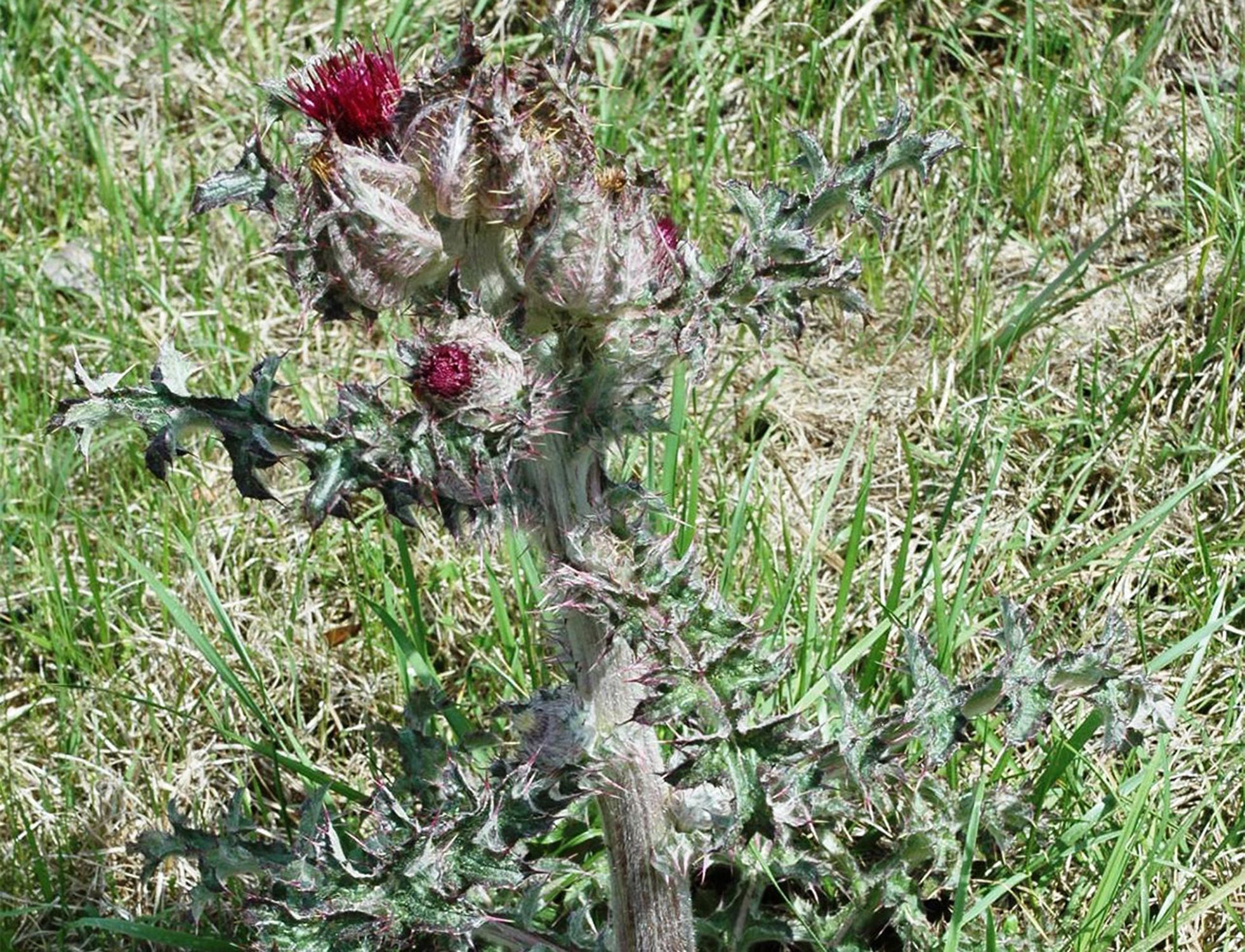

Introducing the toughest weeds you don’t want
Some are simple to control. A good digger and some elbow grease will get that dandelion, and almost all broadleaf herbicides will control clover. But some weeds aren’t so quick to give up. With deep roots, prolific seedheads and generally bad attitudes, here are some of the toughest to control.
Bull Thistle and Canada Thistle

Oh, those gorgeous purple flowers! Can something so pretty be labeled a “weed?” Unfortunately, yes: Bull thistle and Canada thistle are both classified as invasive plants in most of the U.S. That’s because those pretty purple flowers mature into seed heads, and the wind carries them away by the thousands.
Bull thistle is biennial—it lives for just two years, but Canada thistles are perennial weeds, surviving more than two years if uncontrolled. The two thistles also have root systems: Bull thistles have a taproot whereas Canada thistle has rhizomes, roots that extend out and grow into another plant.
Control options are the same for both thistle species. Competition from strong, healthy vegetation can help crowd-out the thistles, and mowing before they reach maturity will prevent seed heads from forming. And herbicides with 2,4-D and/or dicamba such as LV Max Fast-Acting Weed Killer are usually quite effective on both Bull and Canada thistles when used per label directions.
Field Bindweed
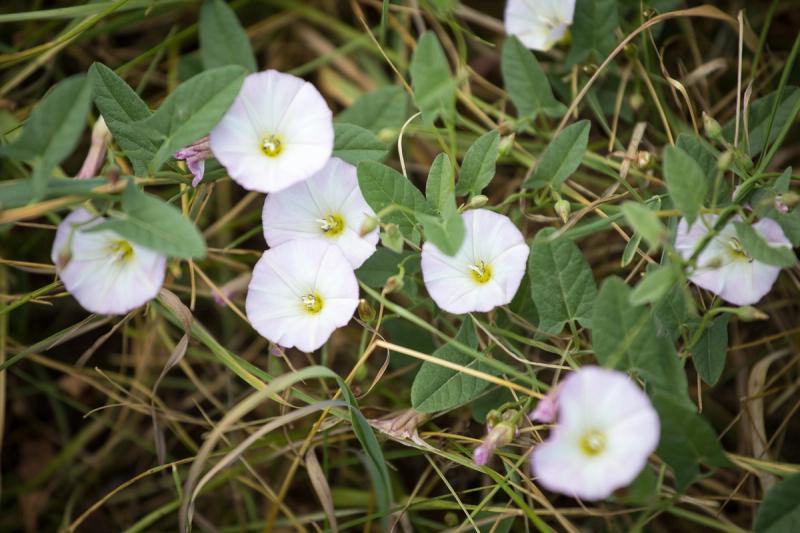
With its little white or pink flowers, field bindweed (or morning glory) is another one of those plants that might seem too pretty to call a weed. But field bindweed competes with other plants for water, sunlight, and nutrients, and its vines can overwhelm native species. Put all that together, and it’s one of the most harmful and problematic weeds in agriculture.
A summer perennial, field bindweed has an extensive root system that can reach 20 to 30 feet deep, while sending out numerous rhizomes that generate new plants. It also produces seeds—as many as 300 per plant—and those seeds can remain viable for up to 50 years.
Like all weeds, controlling field bindweed begins with its competition. Dense, healthy turf helps crowd it out and smother it.
Pulling or digging it out by hand can help, but with that deep, strong root system, you might just make it mad.
Chemical control is arguably the most effective way to eliminate it, and selective products with 2,4-D, triclopyr, and dicamba, such as Gordon’s Brush Killer for Large Properties can be your best bet used as directed.
Ground Ivy
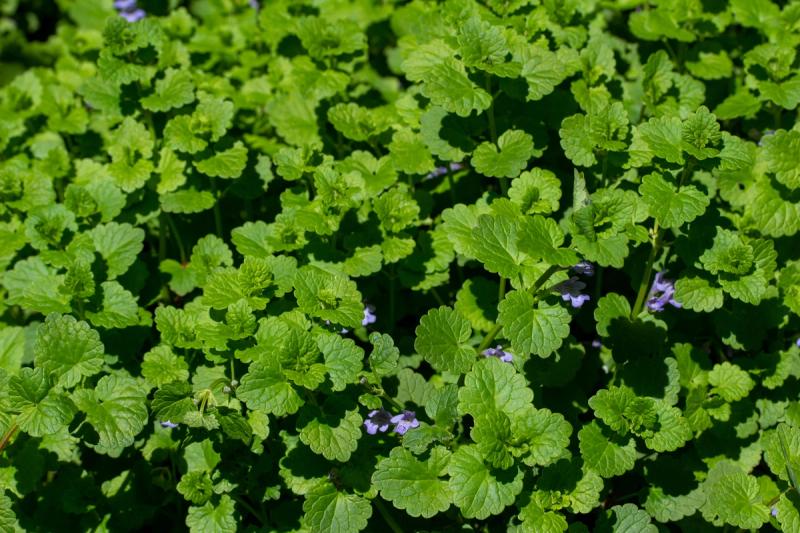
Also known as Creeping Charlie, Ground ivy is a perennial, non-native weed found across most of North America, and is particularly detrimental to turfgrass. Its rounded leaves usually overlap where the stem meets the leaf, which helps it form a dense canopy that shades turf. It sends out stolons that can grow up to seven feet long, sprouting roots the entire way.
Ground ivy control starts with growing a healthy, dense turfgrass. Unfortunately, pulling or digging is rarely effective, as it’s just too difficult to get all the roots and stems. Additional control steps include increasing your mower height so the grass can get more sunlight. Ground ivy prefers wet areas, so correct drainage issues. Trimec Speed Lawn Weed Killer or a herbicide featuring triclopyr will offer effective chemical control.
A few other tough-to-control weeds have been known to create headaches for homeowners.
Common Ragweed
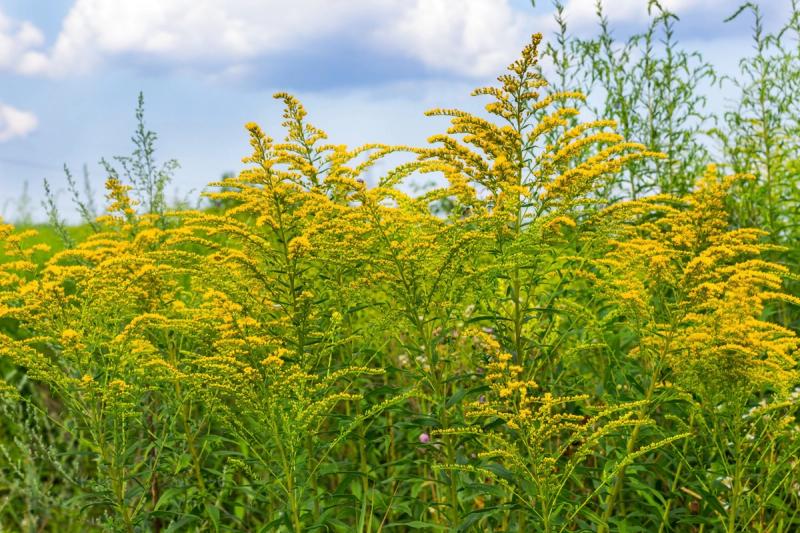
The bane of many allergy sufferers, common ragweed is native to north America, and a serious problem in agriculture, where it can reduce yields by 30 percent. It can live for years, grow up to five feet tall, and produce tens of thousands of seeds. Gordon’s Brush Killer for Large Properties or another herbicide featuring triclopyr will offer effective chemical control.
Creeping Buttercup
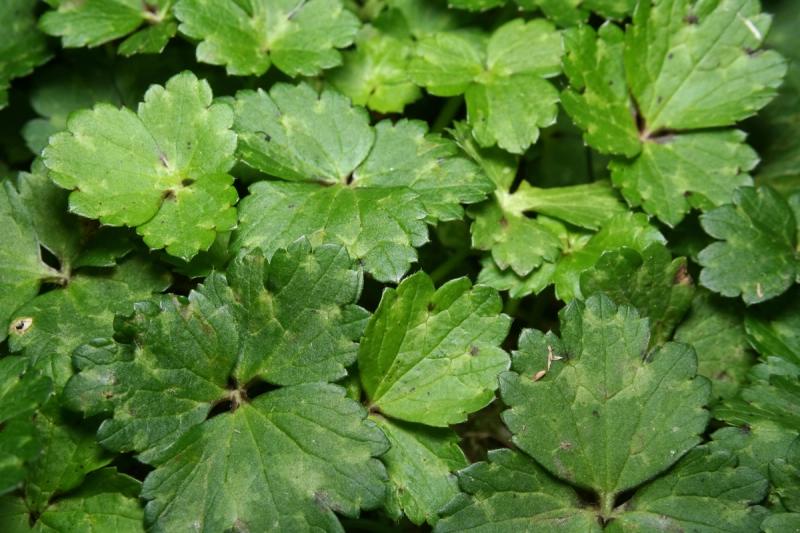
It sounds sweet, but creeping buttercup is toxic to animals, and it’s an aggressive grower: it can overtake more than 40 square feet in one year. Growing healthy turfgrass is the most important step to control it, but mowing only makes creeping buttercup resprout. Herbicides with 2,4-D, triclopyr, and dicamba, such as Gordon’s Brush Killer for Large Properties, offer effective chemical control.
Horseweed
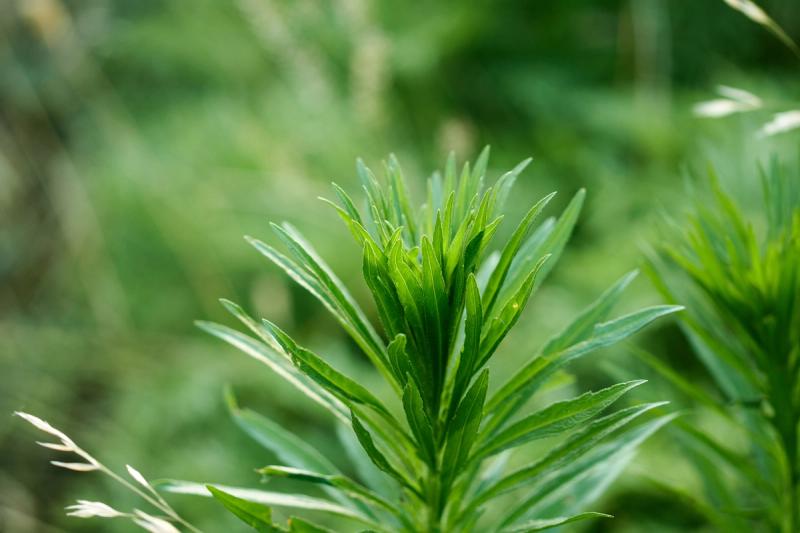
Also known as mare’s tail, horseweed grows fast, steals water and nutrients, and can be tough to control even with herbicides. It produces up to 200,000 tiny seeds per plant, dispersing them in the wind. LV Max Fast-Acting Weed Killer or another 2,4-D based herbicide works best when the plant is less than two inches tall. Once it’s grown over five inches tall, most herbicides won’t kill it.
Thanks to Gordon’s USA for information to produce this article.
Know thy enemy
https://www.canr.msu.edu/pestid/resources/plant-and-weed-identification/index
Tags:Garden & Landscape

Acreage Life is part of the Catalyst Communications Network publication family.
















